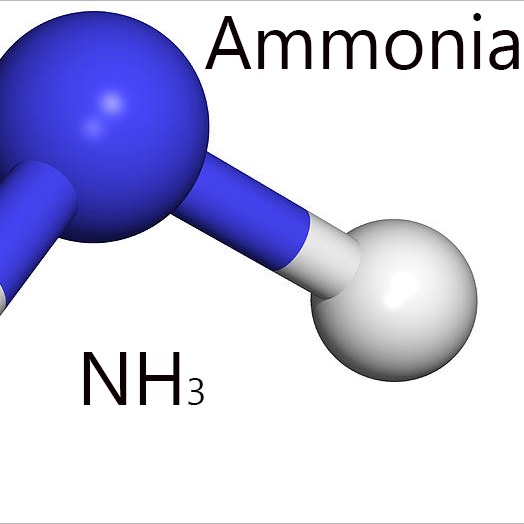Hydrogen could be a source of producing fuels suitable for being brought onboard vessels
 Gas, methanol and ammonia were named as the most promising marine fuels by Knut Ørbeck-Nilssen, CEO of the leading classification and consultancy company DNV GL – Maritime, when asked by IAA PortNews to share his forecast on using alternative fuels in shipping at the online opening press conference for SMM DIGITAL.
Gas, methanol and ammonia were named as the most promising marine fuels by Knut Ørbeck-Nilssen, CEO of the leading classification and consultancy company DNV GL – Maritime, when asked by IAA PortNews to share his forecast on using alternative fuels in shipping at the online opening press conference for SMM DIGITAL.
“Gas is certainly a bridging fuel. That is really quite a long bridge but it brings us forward to … decarbonization through bringing in e-fuels which later on will give a lot of flexibility. So gas, although not in itself the perfect solution, can certainly be a really good pathway to decarbonization especially when you bring in the e-fuels”, said the speaker adding that exploration of different opportunities should be continued at this stage.
According to him, “methanol and ammonia has quite a bit of potential and something that certainly needs to be followed closely”.
“Hydrogen, although maybe not suitable for the deep-sea shipping segment because it takes a lot of volume, could be a source of producing more suitable fuels to be brought onboard", said Knut Ørbeck-Nilssen.
He emphasized the need to explore a lot of different pathways as there are lots of opportunities. The expert said we should not forget that, although doing energy efficiency measures makes a lot of sense as well as being able to have the vessels in place at the right time without overspeeding to meet the contractual requirements to be at a certain port at a certain date and then sit outside at the port waiting for cargo to be loaded, there are many things to be worked on. Knut Ørbeck-Nilssen believes that in the overall context of digitalization and increased transparency there is a lot to do towards increasing the efficiency within the industry.
“My bet would be on gas, on methanol and ammonia and then we should continue to explore a lot of other alternatives», concluded the expert.



